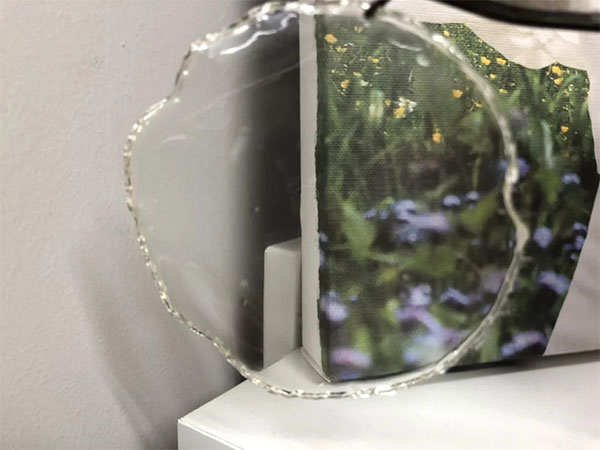
Nanotechnology
New path to recyclable polymers from crops – Insta News Hub
- by nsubhash
- March 21, 2024
- 0 Comments
- 2 minutes read
- 39 Views
- 11 months ago








